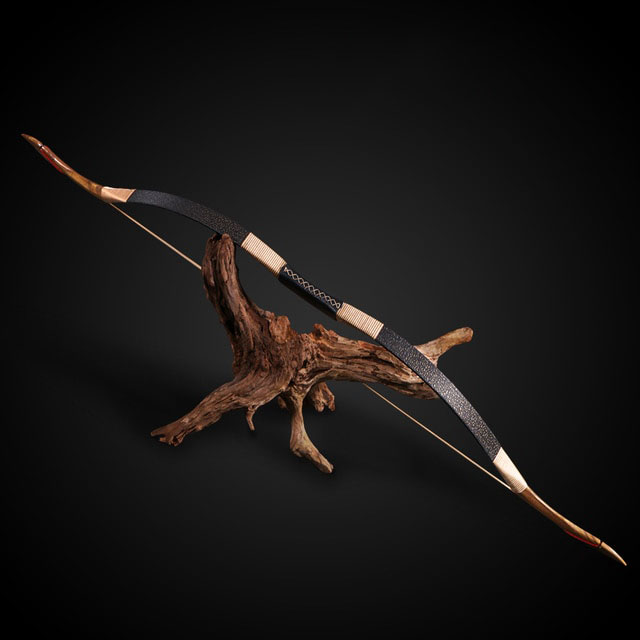
Buy Hungarian Recurve Bow &
Magyar Horse Bow
-
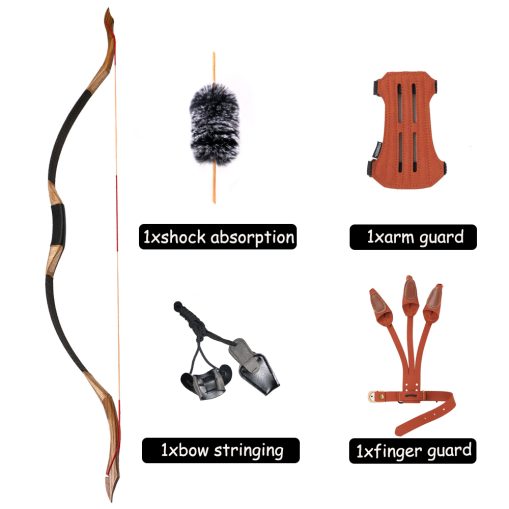 Handmade Wooden Bow 30-50lbs$135.81 – $174.90
Handmade Wooden Bow 30-50lbs$135.81 – $174.90 -
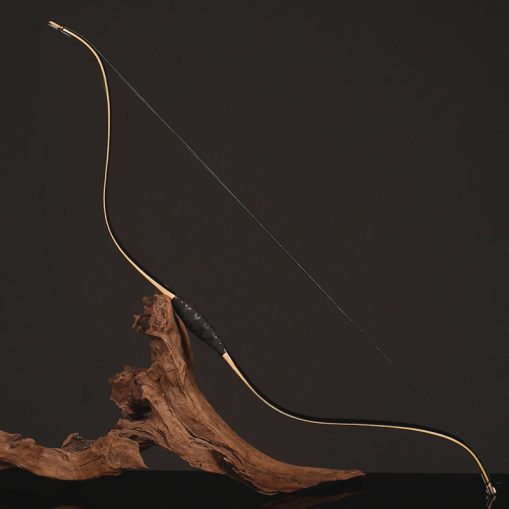 46inch Recurve Bow 25-50lbs$170.25
46inch Recurve Bow 25-50lbs$170.25 -
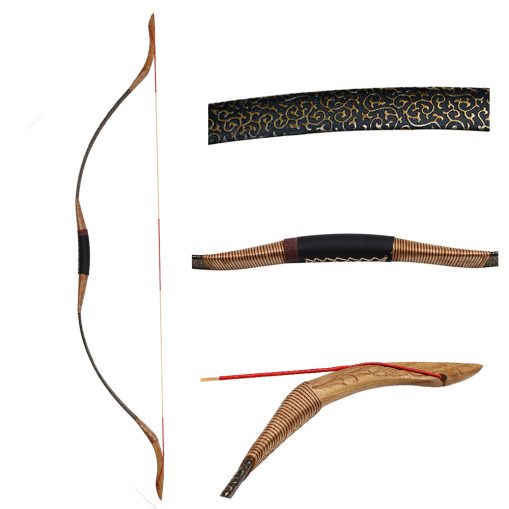 Handmade 30-50lbs Traditional Bow$138.60 – $193.61
Handmade 30-50lbs Traditional Bow$138.60 – $193.61 -
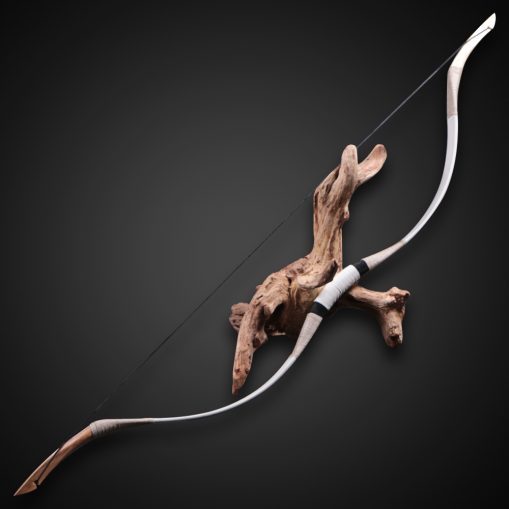 Powerful Recurve Bow 30-70lbs$155.64 – $210.66
Powerful Recurve Bow 30-70lbs$155.64 – $210.66 -
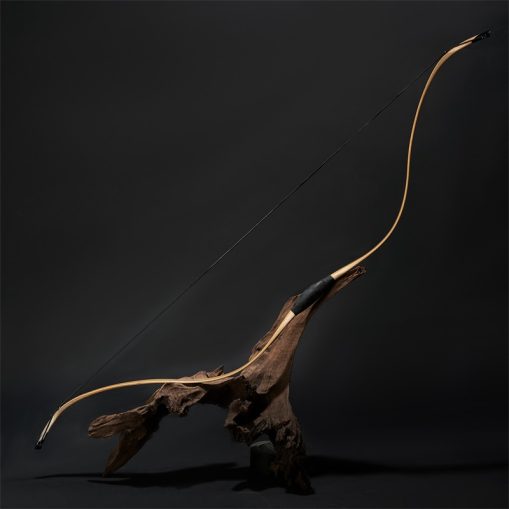 Recurve Laminated 20-50lbs Bow$185.63
Recurve Laminated 20-50lbs Bow$185.63 -
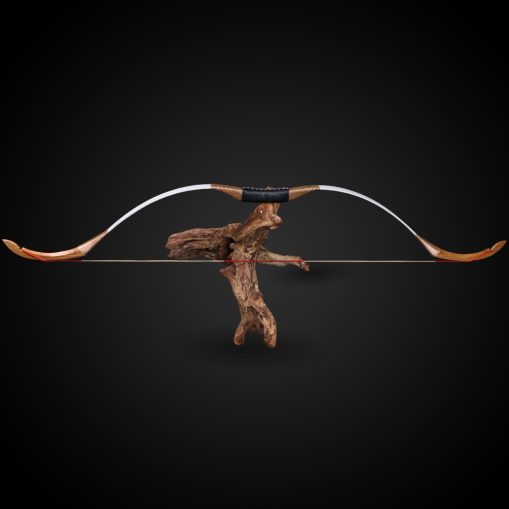 Traditional Laminated Bow 25-50 Ibs$109.70 – $145.96
Traditional Laminated Bow 25-50 Ibs$109.70 – $145.96 -
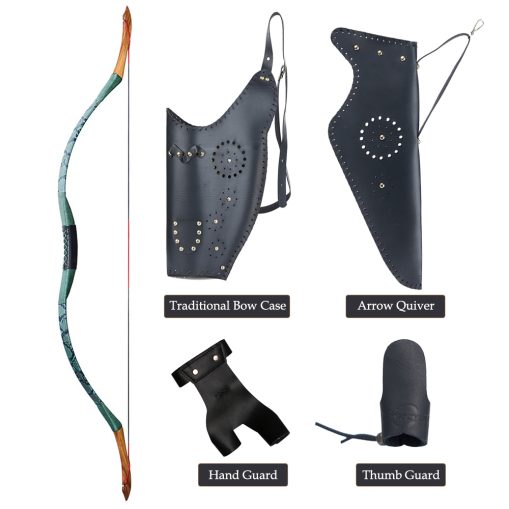 Traditional Recurve Bow 20-50 lbs$95.78 – $134.51
Traditional Recurve Bow 20-50 lbs$95.78 – $134.51 -
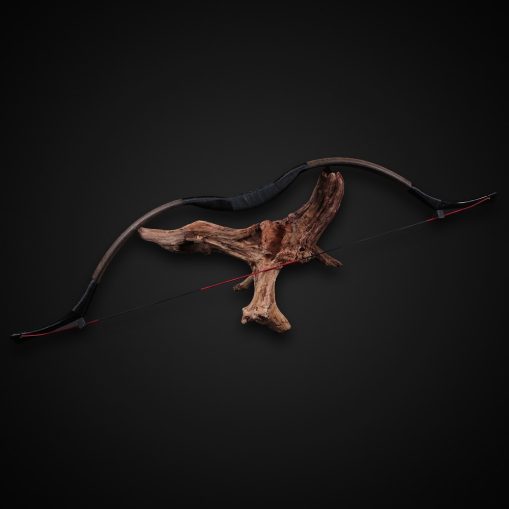 Archery Traditional Bow 30-50 lbs$109.22
Archery Traditional Bow 30-50 lbs$109.22
Customer Reviews
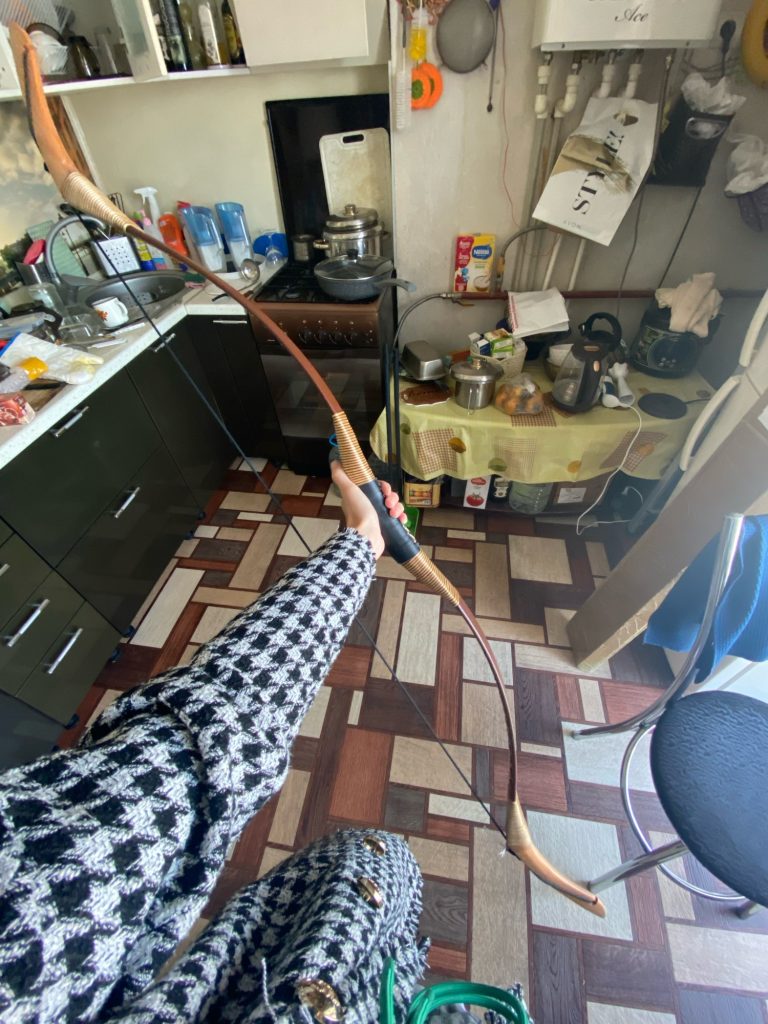
Thanks for fast delivery!!! It’s perfect!!! My bow look good for winter hunting!!!

Elegant Work! thanks to seller and the master, I wanted to buy such a bow!
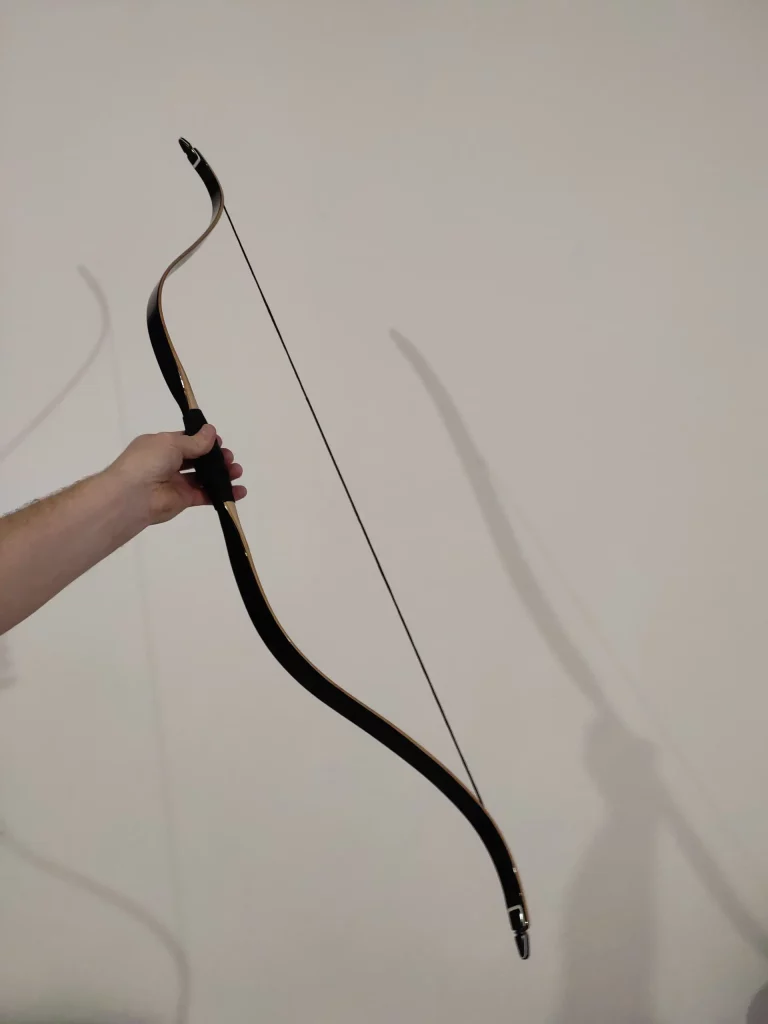
Great Bow. Beautiful!!!
Pretty!!! Just lovely.
Hun Bow vs Mongol Bow
History of Hungarian Recurve Bows
The origins of horsebows can be traced back to the nomadic tribes of Central Asia. It is believed that the Magyars, an ethnic group from the region, later brought these bows with them when they migrated to Hungary around the 9th century. It quickly became an integral part of their warfare and hunting practices.
Modern Hungarian Bow Archery
Manufacturers and artisans continue to produce high-quality well made bows every year and sell them to various Western countries such as North America, Australia, etc. Incorporating traditional techniques while also embracing modern innovations. Archers can find a range of options in terms of long draw length, weight, and materials such as horn, leather wrap, and wood, allowing them to choose a bow that best suits their needs and preferences.
Frequently Asked Questions
How to string traditional recurve bows?
It may sound a little simple but I would also advise getting more information from experts on youtube if possible.
Begin by holding horizontally with the belly (the side facing towards you when shooting) facing upward.
Place the top limb on your foot, keeping it stable.
Take the upper loop of the bowstring and place it over the upper limb tip, ensuring it rests securely.
While still holding the upper loop in place, use your foot to slightly bend, creating some tension.
With it slightly bent, use your other hand to pull the bottom loop of the bowstring and hook it onto the bottom limb tip.
Slowly release the tension, allowing it to straighten.
Double-check and make any necessary adjustments.
How do craftsmen make horsebow?
Selection: Craftsmen carefully select highly suitable styles of material for construction, such as ash, maple, or elm, known for their flexibility and strength.
Lamination: Thin strips are glued together to form the belly piece. This lamination process enhances performance and durability.
Shaping: Craftsmen carefully carve and sand to create a smooth and ergonomic grip.
Reinforcements: Horn or fiberglass overlays are added to provide additional strength and stability.
String Nocks: Notches are carefully carved into the tips of the bow limbs to accommodate the bowstring securely.
Finishing: The bow is meticulously sanded, polished, and coated with protective finishes, such as varnish or oil, to enhance its appearance and durability.
Stringing: Once the bow is completed, it can be safely strung using the appropriate stringing technique.
It’s a process that requires time and much patience since you have to make adjustments upon inspection along the way to ensure a fine piece and item.
What is a wooden laminated bow?
A laminated bow is a type of bow that is constructed by gluing together thin strips or layers. This lamination process enhances the strength, durability, and performance.
Did horsebows originate in Hungary?
While horsebows are commonly associated with Hungary, they did not originate exclusively in that region. Horsebows have a long history that can be traced back to the nomadic tribes of Central Asia, particularly the Huns and Mongols.

